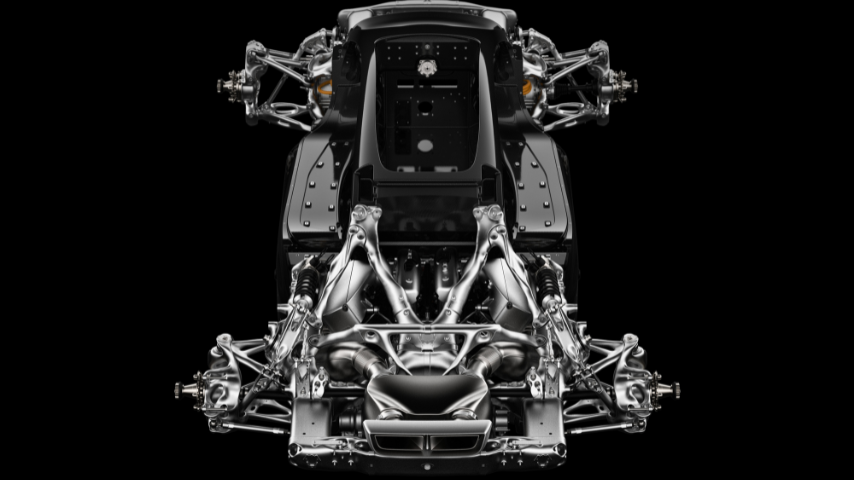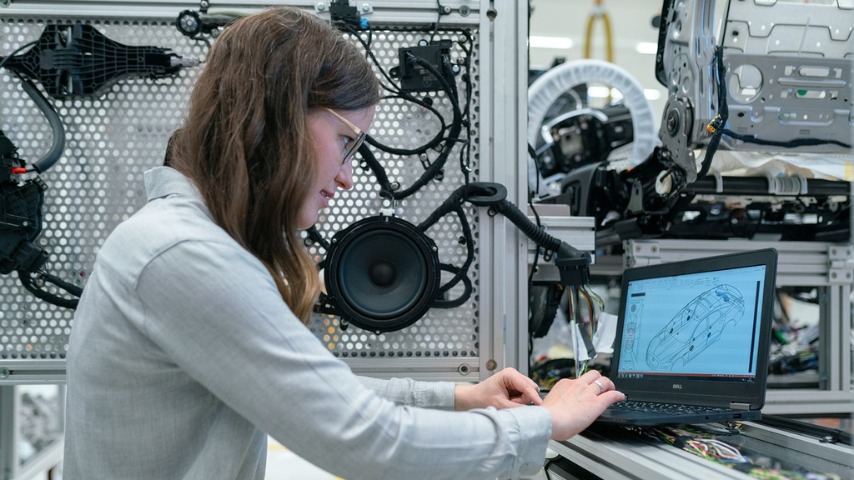Advanced Robotics Manufacturing Institute Hosts Webinar on Addressing the Workforce Challenge
Advanced Robotics Manufacturing Institute Hosts Webinar on Addressing the Workforce Challenge
A virtual discussion on “Addressing the Manufacturing Workforce Challenge” was recently held as part of a webinar series supported by the Advanced Robotics Manufacturing (ARM) Manufacturing USA Institute. Denise Rice, President & CEO at Peak Performance, Inc., and Larry Turner, President & CEO at Hannover Fairs USA, Inc., spoke about how there is a growing labor shortage as the number of current graduates are not keeping pace with the rate of manufacturing retirees. At the same time, advancing manufacturing technologies demand that employees have significant STEM training so they are able to participate in today’s manufacturing workforce.
The webinar also focused on how the COVID-19 pandemic is accelerating the rate at which business and industry are embracing Industry 4.0. This forward movement in the manufacturing sector, while enabling many great technological advancements and allowing more small- and medium-sized businesses to compete globally, has created an increased skills-gap in the sector. This skills-gap is at the core of the manufacturing workforce challenge. ARM has taken on this challenge by fostering unique public-private partnership. For the past three years, more than 275 elite manufacturers, educators, robotics suppliers, economic development and government experts have regularly convened under ARM’s leadership to develop strategies to address the skills-gap issue.
The speakers also addressed the misconception that robots will “take over” the industry and replace human jobs. They agreed that there are jobs being impacted by automation, such as travel agents and cashiers, but in terms of manufacturing the outlook isn’t as grim as some might believe. While the manufacturing industry is of course impacted by automation and incorporation of robotics, the technology is also enabling the creation of new jobs and more desirable jobs. Currently, 89% of small manufacturers cannot fill all of their job openings due to a lack of skilled labor. Additionally, less than half of the 4.6 million open manufacturing jobs over the next decade will be filled. So the problem isn’t that there not enough jobs, it’s that the available labor is not adequately qualified to fill the positions. To combat this, it was recommended that the industry needs to focus on creating environments that attract workers to the manufacturing industry and that students, including high school students, are able to learn the skills they need to enter today’s manufacturing workforce.
To learn more about programs being implemented to combat these manufacturing workforce challenge, please view a recording of the full webinar at: https://directory.imts.com/8_0/sessions/session-details.cfm?scheduleid=402.



